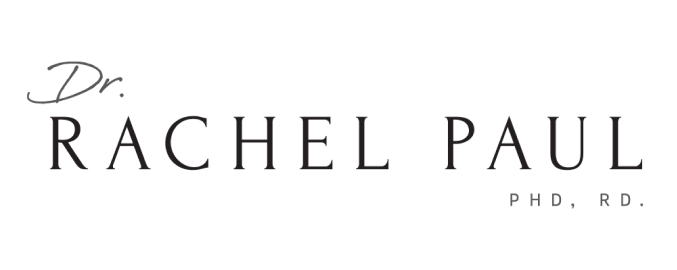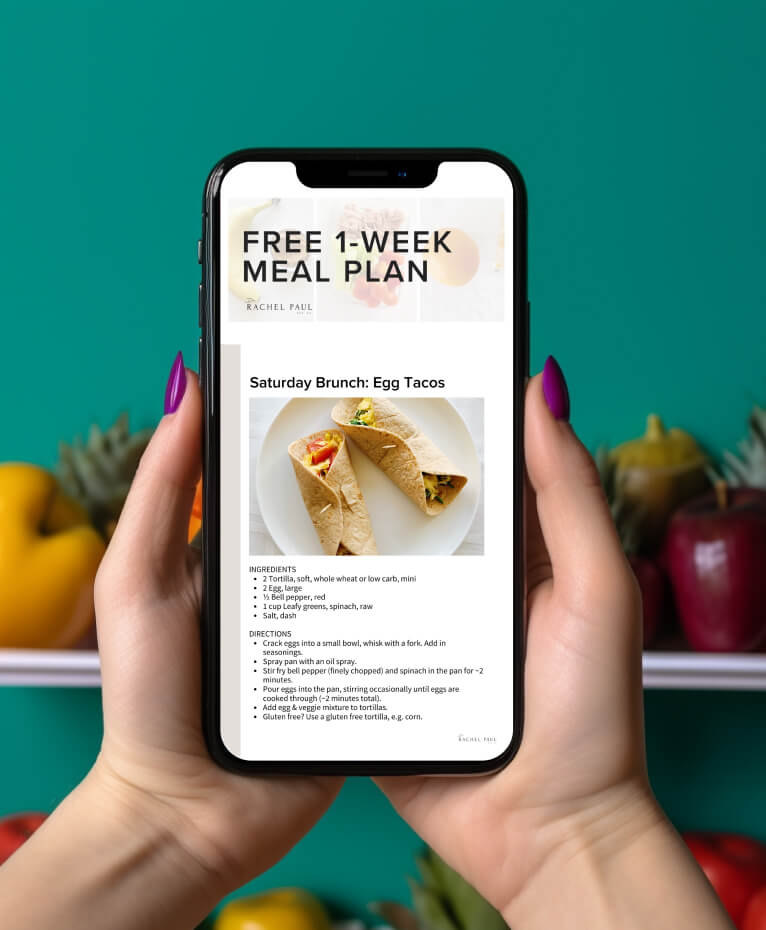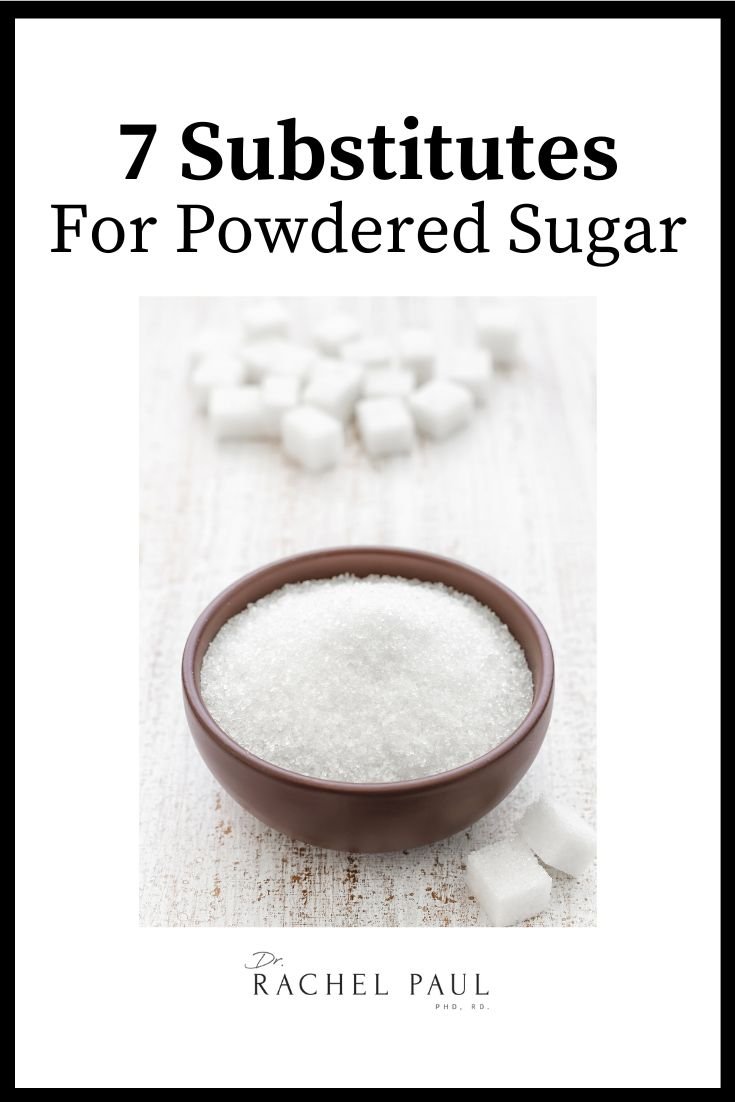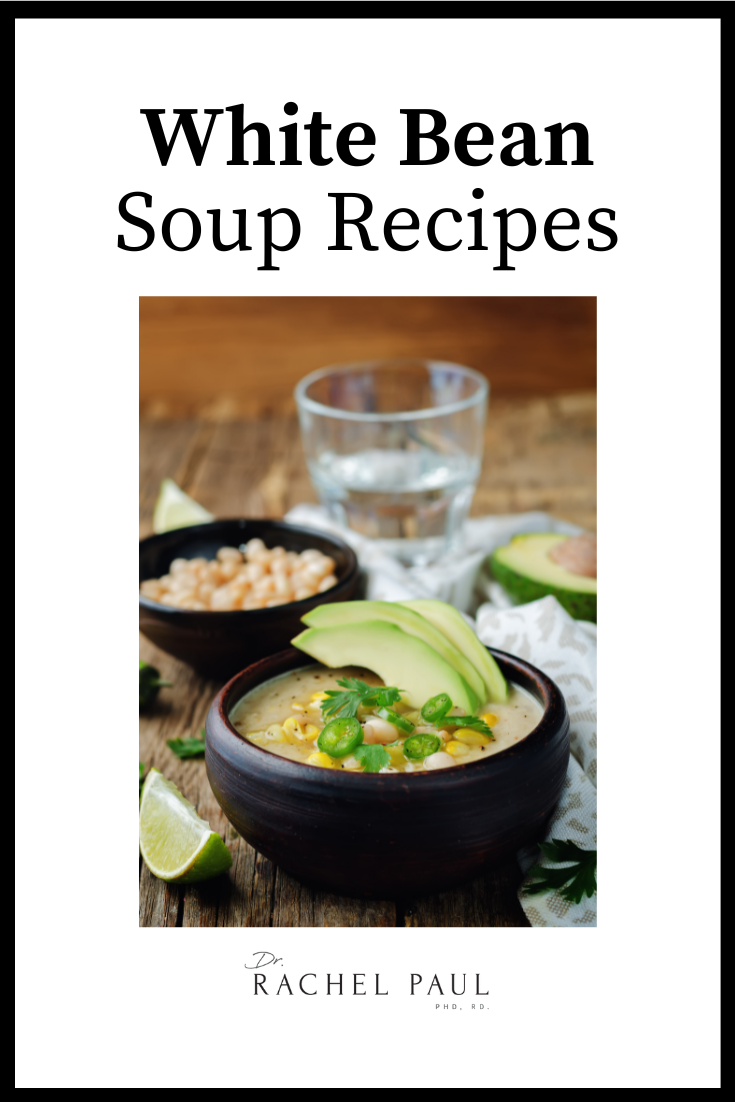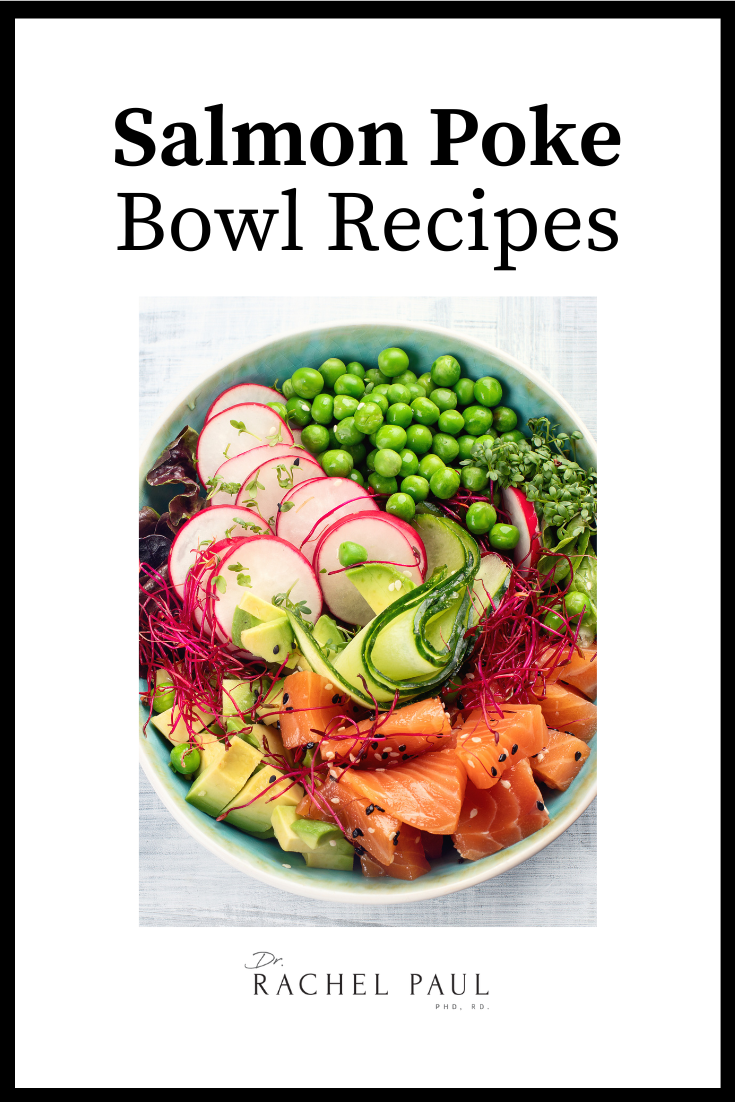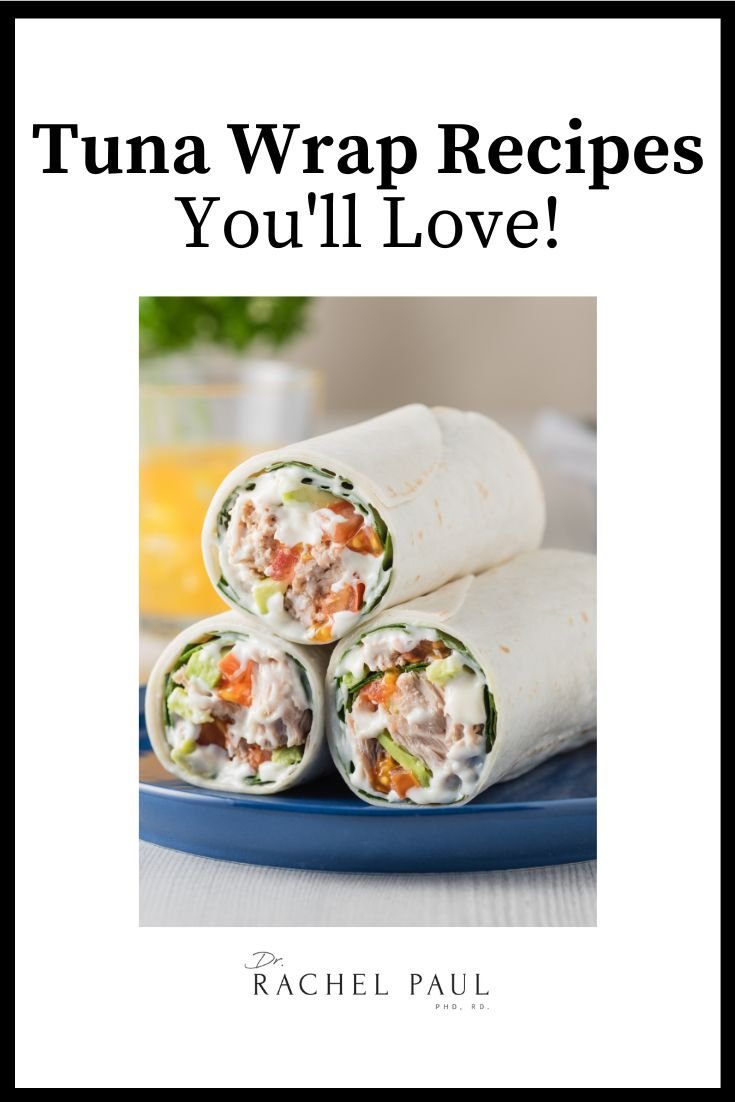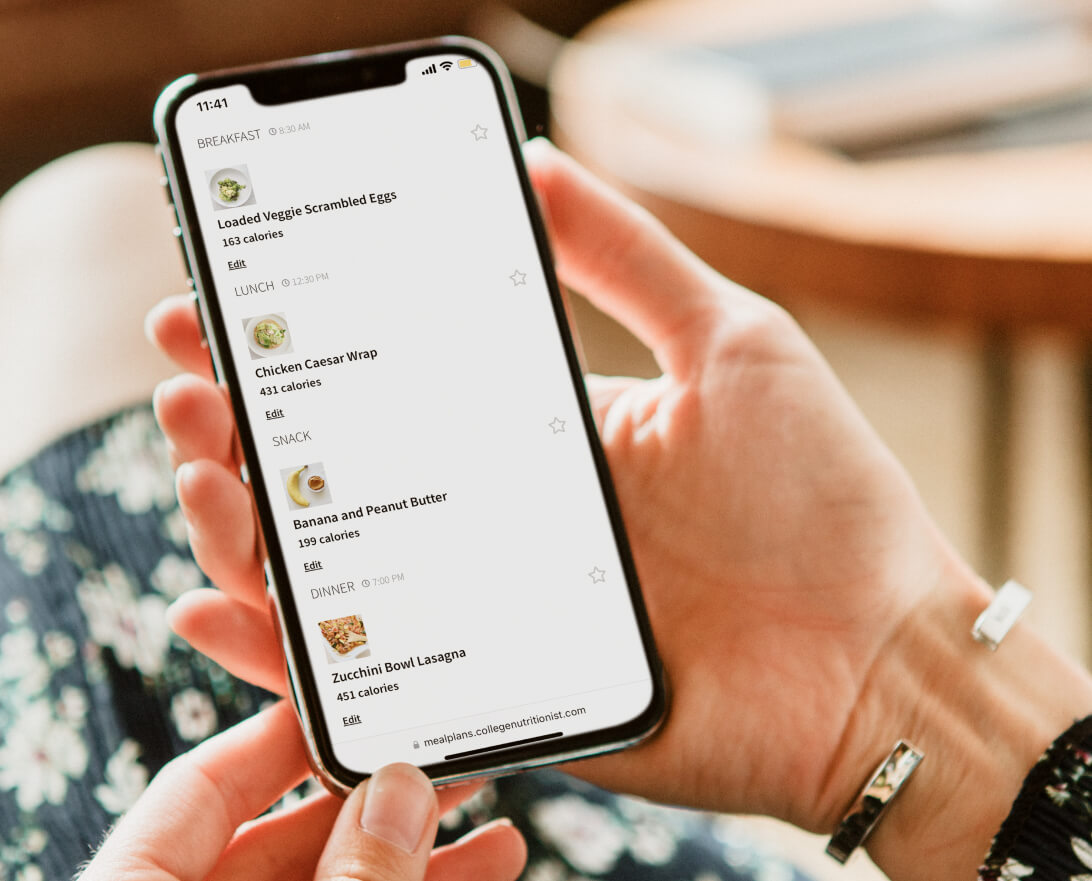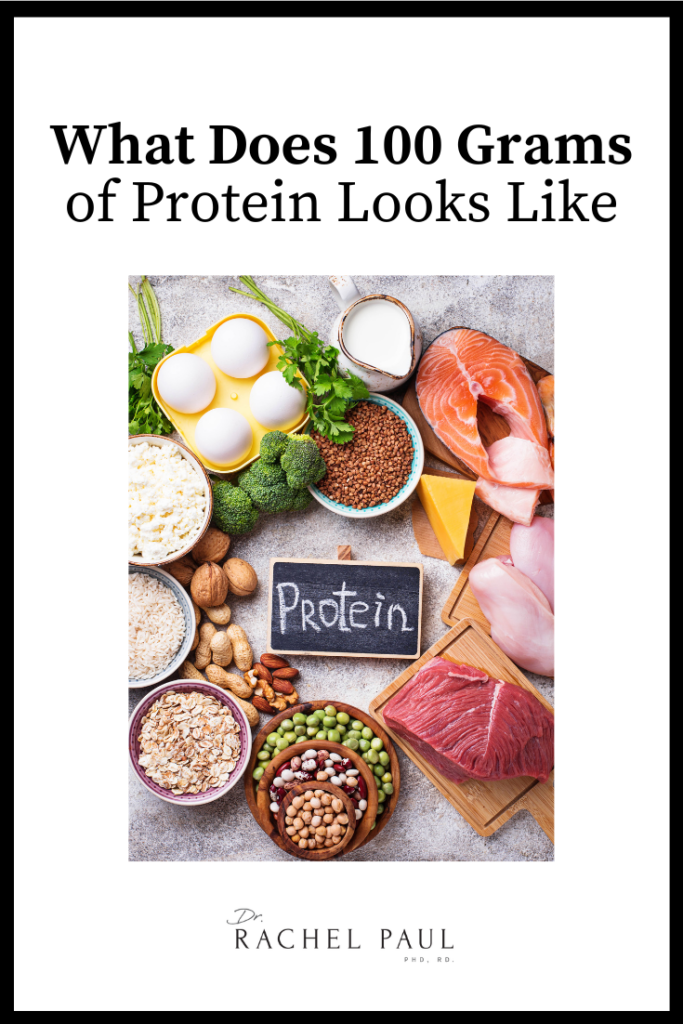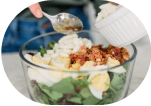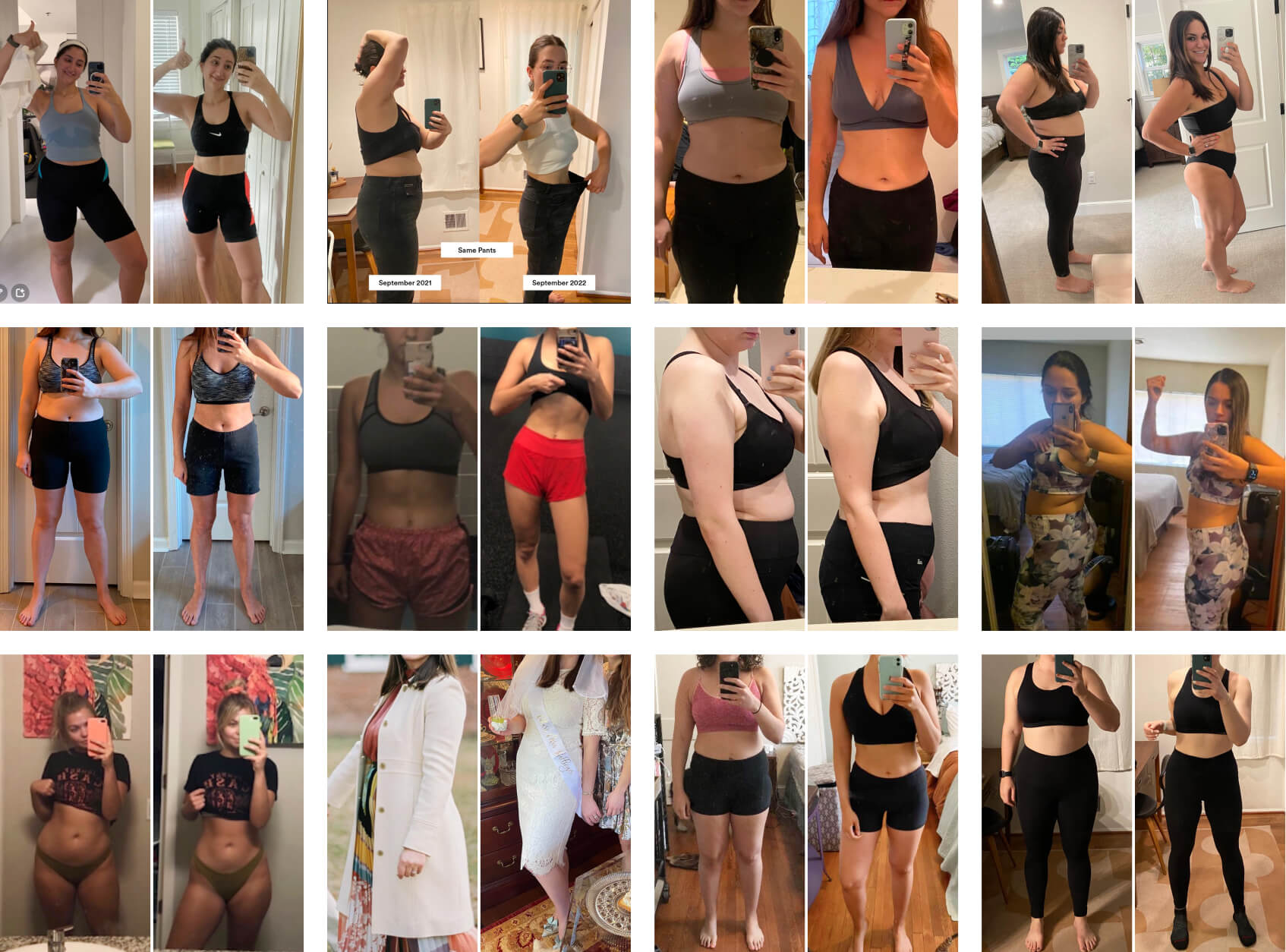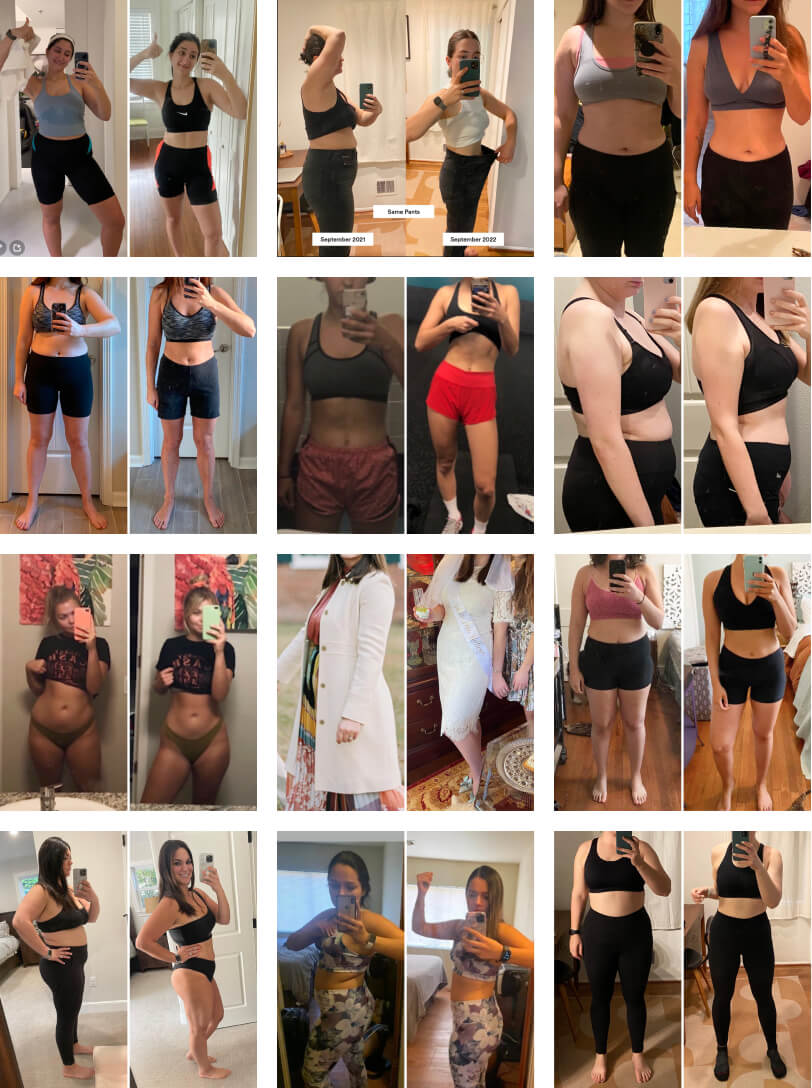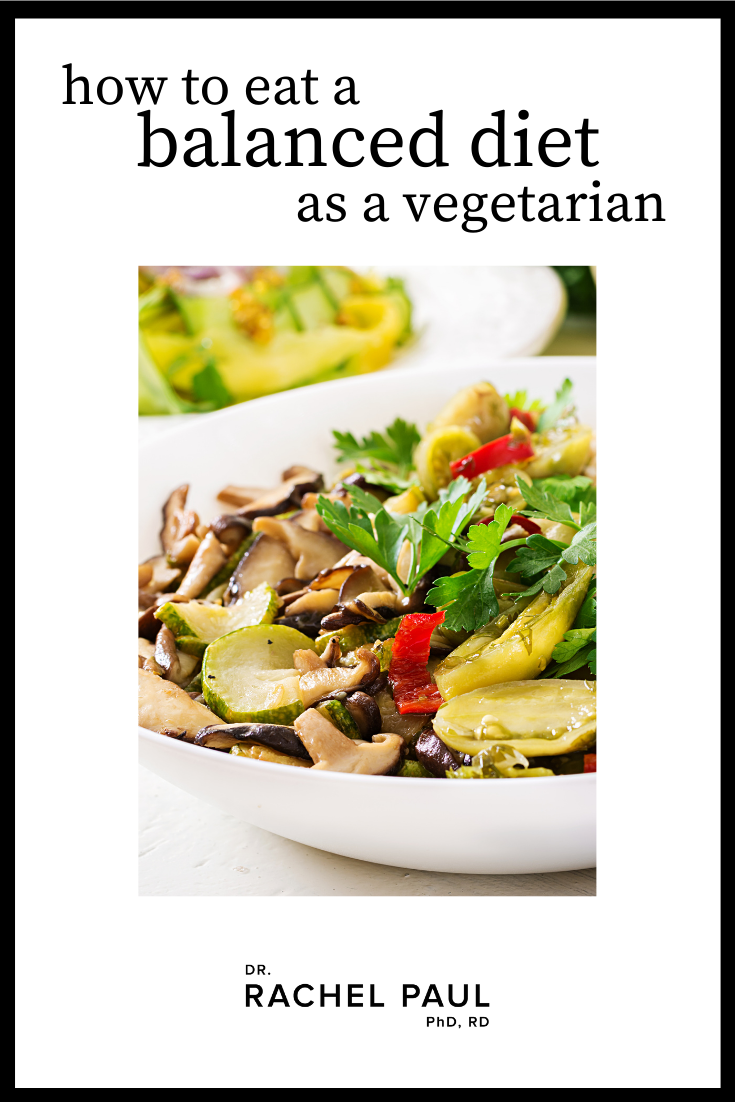
A vegetarian diet is a diet that doesn’t include meat or fish. You can still eat animal products such as honey, eggs, and dairy products (unlike when you’re on a vegan diet aka a fully plant-based diet), but you don’t eat meat.
There are some diets similar to the vegetarian diet (some people consider them as types of vegetarian diets), such as pescatarians – people who don’t eat meat, but they do eat fish, vegans – people who don’t eat any animal products, etc. But the basic, main vegetarian diet just means – no meat or fish.
The vegetarian diet has many health benefits – it lowers your chances of getting heart disease, diabetes, and some forms of cancer. It also helps with your blood sugar, and helps you get more fibers into your body, since you eat more fruits and vegetables than when you eat meat.
There are also many different reasons why people choose to follow a vegetarian diet. Some do it because of the animals (they don’t support killing animals for meat), some do it for religious reasons, some for environmental sustainability, some for health reasons, and some simply don’t like meat.
Whatever the reason is, following a vegetarian diet doesn’t have to be hard at all, and you can definitely eat a balanced diet as a vegetarian.
However, you need to do some research before you exclude meat from your diet – you need to make sure you’re getting enough protein, vitamins and minerals.
It’s easy to miss out on nutrients if you decide to start a vegetarian diet without any research or planning. But when you start prepared, it will be very easy to get all of the nutrients you need, and follow a balanced diet.
So, I’m sharing a roundup of some useful tips for those who are looking to start a vegetarian diet
How To Eat A Balanced Diet As A Vegetarian
Eat Enough Protein
One of the biggest worries people have about starting a vegetarian diet, is whether or not they can get enough protein without eating meat.
Luckily for you, there are many good sources of protein that are vegetarian-friendly! Plant food has many protein sources (plant-based protein), even though many people believe you can only get protein from meat.
Here are some good sources of protein:
Eggs
Beans
Chickpeas
Lentils
Soy products (tofu)
Seitan
Nutritional yeast
Peas
Greek yoghurt
Cottage cheese
Chia seeds
Peanut butter
Quinoa
Edamame
Nuts and seeds (almonds, peanuts, walnuts, hemp seeds, etc.)
Get Enough Iron
Another thing you need to make sure you have enough of, are sources of iron. Since you won’t eat red meat anymore (which has a lot of iron in it), you need to find sources of iron in other foods like fruit, vegetables, and everything else. Luckily, there are many iron-rich foods that are vegetarian or vegan.
Here are some foods that are packed with iron, and will help you get your iron levels up without eating meat:
Leafy greens (spinach, collard greens, swiss chard,bok choy, kale, etc.),
Red fruit (berries such as blueberries, redberries, strawberries, etc.),
Beets,
Quinoa,
Honey,
Soybeans,
Lentils,
Figs,
Broccoli,
Chia seeds,
Pine nuts,
Grapes
Potatoes,
Tomatoes,
Avocados,
Bananas,
etc.
Consume Enough Non-Animal Omega-3 Fats
Yet another thing you need to consider when coming up with a balanced vegetarian menu is omega-3 fats.
You need to know which non-animal foods have omega-3 fats, and you need to include them in your diet.
Here are some examples of foods with omega-3 fatty acids:
Flax seeds,
Edamame,
Berries,
Chia seeds,
Leafy greens,
Hemp seeds,
Beans,
Winter squash,
Brassica vegetables,
Broccoli,
Basil,
Walnuts,
Seaweed,
Spinach,
Etc.
Talk To A Professional
If you’re serious about it, talking to a professional nutritionist or a healthcare provider might be a good idea.
They can tell you all of the things you need to consider when switching to a vegetarian diet, they can give you tips on eating a well-balanced diet, what things to eat more of, how to consume them, etc.
They’ll help you make sure you’re eating enough calcium and vitamins – it’s good to know what plant food is a good source of vitamin B12, vitamin C, vitamin B, etc. Healthy eating is all about getting enough vitamins.
They can even help you create a menu that you’ll follow!
Balanced Vegetarian Meals
Now, here are some examples and ideas of healthy, balanced vegetarian meals you can include in your meal plan!
Avocado Salad Lunch
426 calories
½ Avocado, small – 116.5 calories
⅓ cup Cheese, crumbled, feta – 133 calories
2 cups Leafy greens, lettuce, raw – 10 calories
1 Tomato, medium – 22 calories
3 Tbsp Nuts (Tbsp units) – 141 calories
1 Tbsp Red wine vinegar (Tbsp) – 3 calories
1 Garlic salt, dash – 0 calories
DIRECTIONS
Cube avocado and chop tomato.
Mix avocado, tomato, feta, lettuce, vinegar, and garlic salt for the salad.
Have nuts on the side – or you could mix them into the salad if you like!
Note: Add chocolate if you want to (track it!) – it’s not included in this recipe.
No nuts? Use seeds. Roasted & salted nuts/ seeds are fine! No dairy? Use extra nuts or crumbled bacon.
Black Eyed Peas Peanut Lettuce Wraps
545 calories
4 Lettuce leaves for lettuce wraps – 8 calories
¼ cup Peanuts (cups) – 192 calories
½ Avocado, medium – 161 calories
½ cup Carrots, shredded or julienned – 22.5 calories
½ cup Cabbage, shredded – 11 calories
½ cup Beans & legumes, cooked – 110 calories
1 Tbsp Peanut sauce – 40 calories
1 Salt, dash – 0 calories
1 tsp Red pepper flakes, dash – 0 calories
DIRECTIONS
Chop cabbage if not already chopped, cube avocado
Mix peanuts, avocado, carrots, cabbage, beans, peanut sauce, and seasonings in a bowl
Fill lettuce wraps
Note: I like Whole Food’s Peanut Sauce best, but any store will have their own version! If you want to make your own (100% not necessary!) here one: minimalistbaker.com/5-ingredient-peanut-sauce/
Blueberry Salad with Egg and Walnuts
365 calories
2 cups Leafy greens, lettuce, raw – 10 calories
1 cup Blueberries, fresh – 70 calories
2 Egg, large – 144 calories
⅛ cup Walnuts – 96 calories
2 Tbsp Dressing, creamy (e.g. ranch), light (less than 50 calories per 2 Tbsp) – 45 calories
DIRECTIONS
Hard boil eggs
Mix all ingredients
The brand Bolthouse has low calorie creamy dressings – they’re available at most large stores (e.g. Safeway, Target)
Broccoli & Shells Bowls
348 calories
2 cups Leafy greens, raw – 30 calories
1 cup Broccoli – 31 calories
½ oz Cheese, Parmesan, shaved (oz) – 55.5 calories
⅛ cup Walnuts – 96 calories
½ cup Pasta, cooked – 100 calories
1 Salt, dash – 0 calories
1 Pepper, dash – 0 calories
2 Tbsp Vinaigrette, light (less than 50 calories per 2 Tbsp) – 35 calories
DIRECTIONS
Cook pasta as instructed on package.
Combine all ingredients in a bowl.
Top with dressing and seasonings.
Feel free to swap out these nuts for any nut/seed you prefer (roasted & salted are fine!).
No dairy? Use a dairy-free cheese, or avocado or bacon. Gluten free? Use gluten-free pasta.
Note: I like Trader Joe’s fat free vinaigrette – but Paul Newman, Whole Foods, etc. all have good light dressings
Broccoli Cheddar Soup
330 calories
1 Onion, yellow – 55 calories
½ cup Broth, veggie – 17.5 calories
½ cup Milk, whole (cups) – 74.5 calories
1 cup Broccoli – 31 calories
⅓ cup Cheese, shredded, cheddar – 152 calories
1 Paprika, dash – 0 calories
1 Garlic powder, dash – 0 calories
1 Pepper, dash – 0 calories
1 Salt, dash – 0 calories
DIRECTIONS
This recipe works best when making 2-3 servings at one time. The ingredients listed are for one serving (as is true for all recipes!), so double or triple the ingredients and then divide into 2 or 3 equal sized servings at the end.
Dice onion.
Spray a pot with an oil spray. Stir-fry onion for 5-6 minutes on low heat.
Pour in broth, milk, broccoli, and spices. Stir. Let contents simmer on low heat for 10-15 minutes or until the veggies are tender. Add in cheese, stir in to combine.
Optional (but recommended!): Transfer soup to a blender and blend.
Dairy free? Swap out this soup for another soup or chili, e.g. Loaded Rainbow Veggie Chili.
Garlic Broccoli Side
31 calories
1 cup Broccoli – 31 calories
½ tsp Garlic, minced (tsp) – 0 calories
1 Salt, dash – 0 calories
DIRECTIONS
Cut broccoli into small pieces, if not already.
Spray a pan with an oil spray. Add in garlic.
Stir fry broccoli ~6 minutes on low-medium heat.
Top with salt.
Read Next
